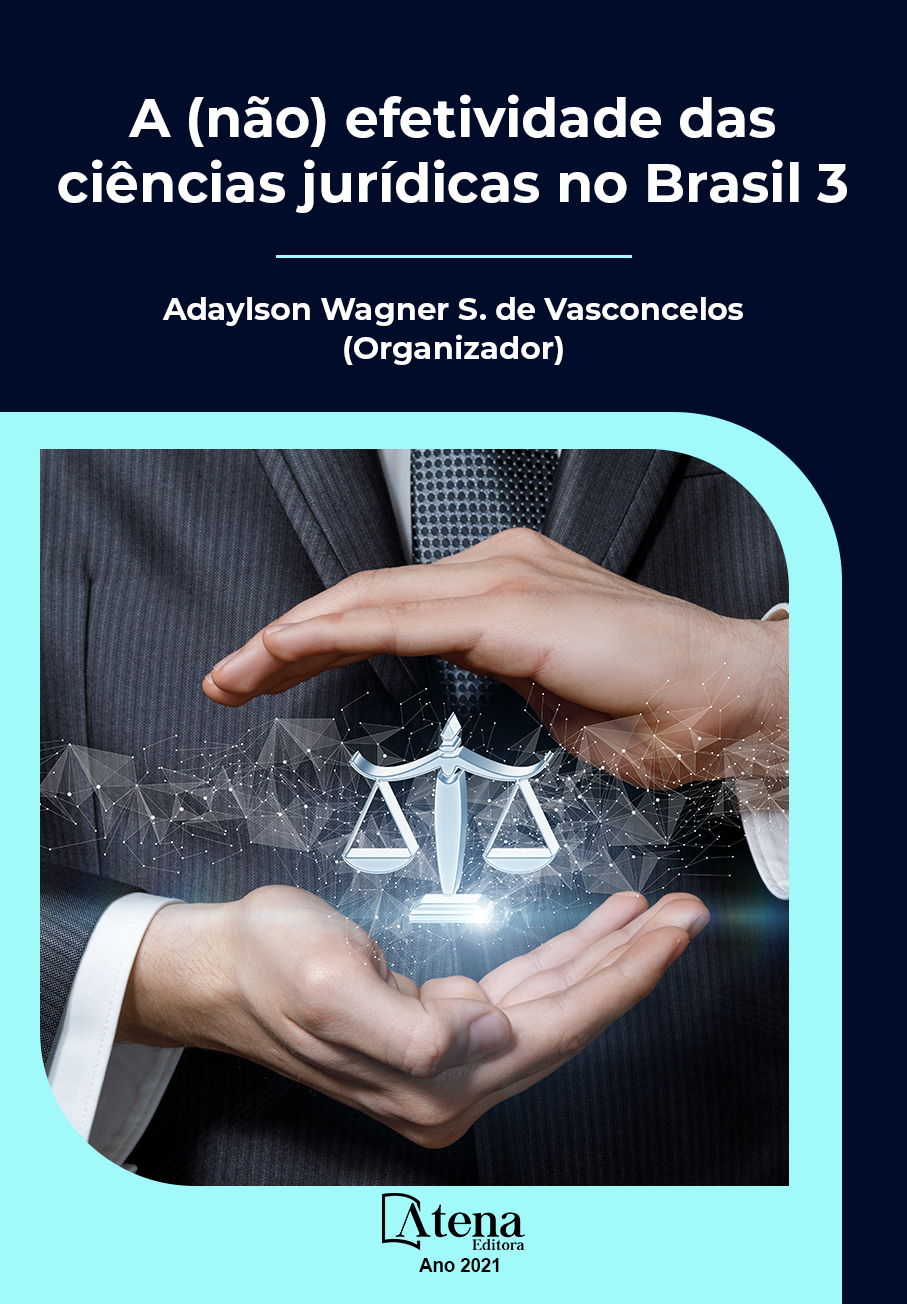
RECURSOS EXTRAORDINÁRIO E ESPECIAL: ORIGEM, CARACTERÍSTICAS GERAIS, REQUISITOS E PRINCIPAIS PRESSUPOSTOS DE ADMISSIBILIDADE PERANTE OS TRIBUNAIS SUPERIORES
O objetivo do presente trabalho é analisar as recentes decisões do Superior Tribunal de Justiça (STJ) que não estão observando a nova legislação processual e continuam a utilizar sua súmula 211, exigindo que o tribunal de origem debata especificamente a matéria objeto do Recurso Especial. Negando, assim, validade ao artigo 1.025 do Código de Processo Civil, uma vez que o enunciado do STJ não teria mais sentido em virtude do novo Diploma Processual. A promulgação do novo CPC privilegiou o acesso à justiça, o princípio da primazia da resolução do mérito, bem como a duração razoável da demanda, com o dever de cooperação de todos os sujeitos do processo para um contraditório efetivo, cabendo ao juiz aplicar o ordenamento jurídico atendendo aos fins sociais e às exigências do bem comum, resguardando e promovendo a dignidade da pessoa humana, sempre respeitando a razoabilidade, a legalidade e a eficiência, na linha dos arts. 4º, 6º, 7º e 8º do diploma processual em vigor. Assim, o artigo 1.025 do CPC fez constar expressamente a figura do prequestionamento ficto. Ou seja, pelo novo ordenamento processual, caso a parte interponha embargos de declaração para discutir a matéria e os pontos omissos no acórdão, não podem mais os tribunais superiores negar conhecimento aos recursos excepcionais sob a alegação de que o tribunal de origem não enfrentou a matéria objeto do recurso. Porém, o STJ em decisões de 2017 e 2018, impôs aplicabilidade a sua Súmula 211 (nascida sob a égide do Código anterior), exigindo o debate específico da matéria pelo tribunal de origem e, desta forma, negando validade à legislação em vigor. Nesse sentido, o objetivo geral do trabalho é analisar se o art. 1025 é uma norma de conteúdo autoaplicável. Os objetivos específicos são questionar se o art. 1025 depende de um requisito externo para ter concretude - alegação de violação a outro dispositivo, no caso, o art. 1022 -, conforme entendimento do STJ, e compreender se a dicção do novo Código busca a celeridade processual para impedir a devolução do processo quando existir erro, omissão, contradição ou obscuridade no acórdão recorrido, mas a matéria tiver sido presquestionada através de embargos de declaração. A metodologia a ser utilizada será dedutiva, com abordagem qualitativa.
RECURSOS EXTRAORDINÁRIO E ESPECIAL: ORIGEM, CARACTERÍSTICAS GERAIS, REQUISITOS E PRINCIPAIS PRESSUPOSTOS DE ADMISSIBILIDADE PERANTE OS TRIBUNAIS SUPERIORES
-
DOI: 10.22533/at.ed.2482105071
-
Palavras-chave: Prequestionamento ficto. Código de Processo Civil de 2015. Súmula 211 do STJ. Recurso Especial. Embargos de Declaração.
-
Keywords: Fictional prequestioning. Civil Procedure Code of 2015. Precedent 211 of the STJ. Special resource. Declaration embargoes.
-
Abstract:
The purpose of the present study is to analyze the recent decisions of the Superior Court of Justice (STJ) that are not observing the new procedural law and continue to use their summary 211, demanding that the court of origin specifically discuss the subject matter of the Special Appeal. Denying, therefore, validity to article 1.025 of the Code of Civil Procedure, since the statement of STJ would no longer make sense because of the new Procedural Diploma. The promulgation of the new CPC privileged the access to justice, the principle of the primacy of the resolution of the merits, as well as the reasonable duration of the demand, with the duty of cooperation of all the subjects of the process for an effective contradictory, being incumbent on the judge to apply the ordering juridical and efficient, in keeping with the social aims and the requirements of the common good, safeguarding and promoting the dignity of the human person, respecting the reasonableness, legality and efficiency, in line with arts. 4, 6, 7 and 8 of the procedural document in force. Thus, article 1,025 of the CPC expressly stated the figure of the false pre-questioning. That is to say, by the new procedural law, in the event that the party lodges an attachment of a statement to discuss the matter and the missing points in the judgment, the superior courts can no longer deny knowledge of the exceptional remedies on the ground that the court of origin has not dealt with the matter subject of the appeal. However, the STJ in decisions of 2017 and 2018, imposed its applicability to its Summary 211 (born under the aegis of the previous Code), requiring a specific discussion of the matter by the court of origin and, thus, denying validity to the legislation in force. In this sense, the general objective of the work is to analyze if the art. 1025 is a self-enforcing content standard. The specific objectives are to question if the art. 1025 depends on an external requirement to have concreteness - claim of violation to another device, in this case, art. 1022 - according to the STJ's understanding, and understand whether the new Code is intended to speed up proceedings in order to prevent the return of the case when there is an error, omission, contradiction or obscurity in the judgment under appeal, but the matter has been pres- . The methodology to be used will be deductive, with a qualitative approach.
-
Número de páginas: 13
- JOSÉ NELSON VILELA BARBOSA FILHO


